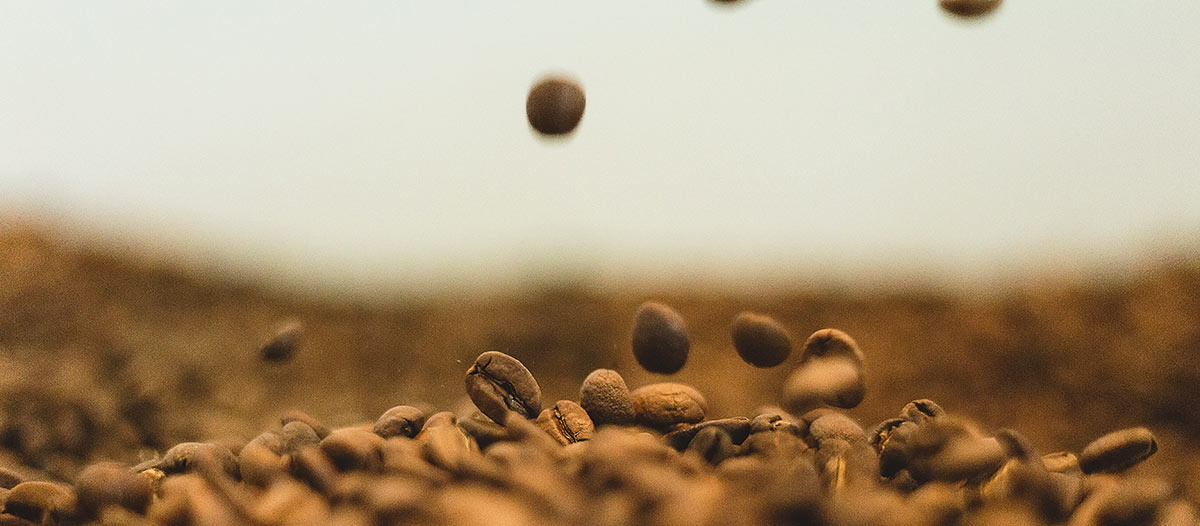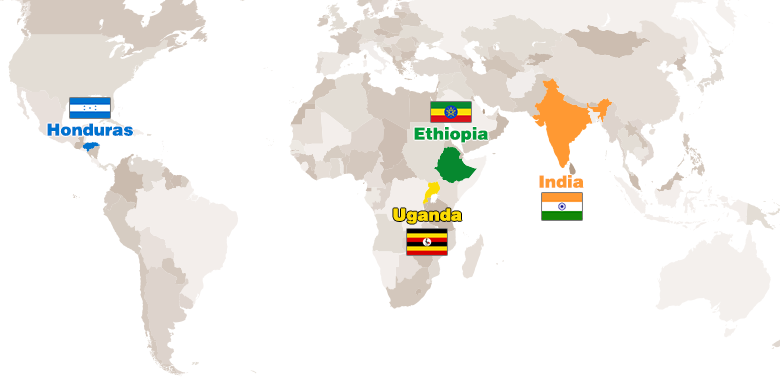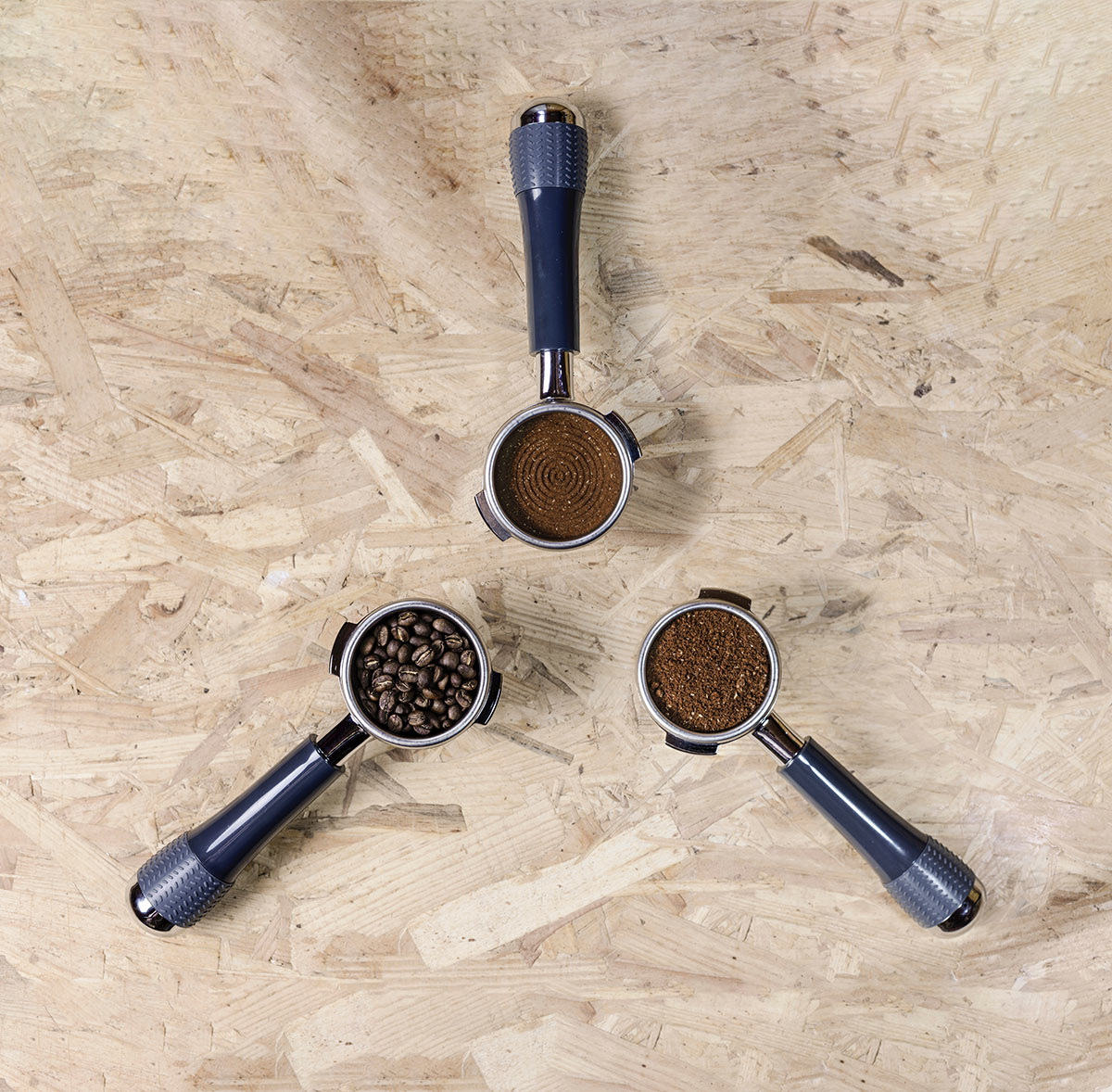The difference between Arabica and Robusta

Can you tell the difference between two coffee beans? It’s difficult, isn’t it?
Of the types of coffee grown around the world, there are two key species.
Arabica and robusta are the two main species of coffee, both have their very own traits, tastes and prime growing regions.
We’re sure that many readers will have heard of at least Arabica – as this is often the selling point for many of the common coffee blends on supermarket shelves.
TV advertisers are quick to point out that their coffee contains ‘100% Arabica’ or that it’s an ‘Arabica blend’.
But what does that really mean? To fully explain it we need to take some time to talk about the differences in these two key coffee species.
Taste the difference

In basic terms, Arabica beans tend to have a sweeter, somewhat lighter taste.
Robusta beans have a much stronger, harsher taste. They’re mainly responsible for the nutty aftertaste that is mentioned with certain coffee blends.
Wrongly deceived as being ‘inferior quality’ to Arabica, the Robusta bean has just as much nuance as it’s lighter brethren.
That being said, there aren’t very many 100% Robusta blend coffees available, this might be due to the lack of demand for a coffee that lacks the sweetness we’ve come to expect from our favourite bean.
It is true that high-quality coffee blends do contain a large percentage of Arabica beans, but a nicely balanced blend will often have a decent proportion of each for a more rounded coffee taste.
As for the perfect percentage? Well, it’s not an exact science, it’s down to personal preference.
Arabica lends itself well to 100% pure blends or single origins, but there are a few 100% Robusta blends available for those that really favour a rich, bitter hot coffee.
Growing regions

Just a few of the growing regions we utilise for our coffee blends
Coffee is not the hardiest of plants.
It needs very specific conditions to grow to fruition and is grown almost exclusively in specific locations worldwide.
The Robusta species is technically the ‘hardier’ of the two species, mainly as it’s slightly easier to grow than it’s more ‘desired’ counterpart.
It’s likely that this contributes to the value, with Robusta costing approximately half as much per kilogram of what it costs to buy Arabica beans.
Whilst it is ‘easier’ it doesn’t necessarily mean that it is ‘easy’ to grow Robusta.
It’s almost exclusively grown in the Eastern Hemisphere.
Most of the planets Robusta comes from Africa and Indonesia, but there are a few exceptions to the rule mind you.
Then we have the golden child, Arabica, which is grown almost predominantly in South America.
Colombia only produces Arabica, no other type of bean comes from the nation, which is possibly why Colombian coffee is held in such high regard.
Brazil does grow a large proportion of Arabica, but you can find Brazilian Robusta, the same goes for India.
India is some respects still one of the emerging coffee-growing nations, having had years of bad press and poor quality control, it is slowly becoming one of the world’s foremost coffee producers.
Quality coffee

All of this begs the question, what defines quality in coffee?
The type of coffee is, of course, the main differentiator.
Personal taste is, fortunately (or unfortunately) the biggest reason that many blends are deemed high-quality or low-quality.
With our own coffee blends, we have worked tirelessly to tweak, enhance and improve the flavour profile to best suit your exact serving scenarios.
It’s taken us nearly 15 years to find what we consider perfection in our most popular coffees, during that time we’ve had an untold amount of feedback from our customers to help us fine tune our coffee into the flavoursome packages you can purchase them in today.
It’s because of this dedication to our own craft, that we implore you to try our signature ranges, get to know them and let us know what you think.
Our lineup of global coffees grows with every year, but only when we are happy does a blend make it’s way to our online storefront.
